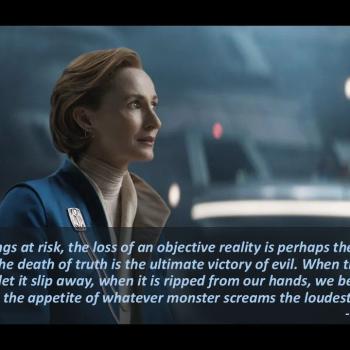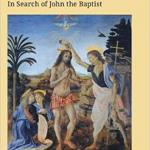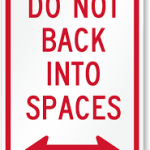If one reads about the story of Tischendorf discovering Codex Sinaiticus, or Lady Drower’s work in collecting Mandaean manuscripts, one will encounter descriptions of the same issue that has confronted scholars in all sorts of fields down the ages: persuading individuals to part with manuscripts that are in their possession.
When possible, it is indeed valuable to make a collection of the manuscripts themselves, and ensure their preservation in a safe environment where scholars and researchers can have access to them. But such an approach doesn’t always work – anyone who has ever researched their Irish genealogy will know how one such program backfired (if you’ll excuse the pun). Important records were gathered in a safe, central location, only to be destroyed by fire.
 But it seems to me that it is time to take scholarly study of ancient manuscripts into the 21st century, and this includes both the manuscripts in libraries and the manuscripts that are still in the possession of individuals and groups. But in particular in the case of the latter, however much more valuable it is to have an actual physical manuscript available (the Secret Gospel of Mark serves as a good illustration!), having high quality digital photographs is better than nothing. And the choice should not be between a Mandaean priest having to part with his own copy of a text like Dmuth Kusta, or having a copy made by a scribe, or scholars remaining largely in the dark about the manuscript and its contents. Wherever possible, digital photographs should be made, and then shared.
But it seems to me that it is time to take scholarly study of ancient manuscripts into the 21st century, and this includes both the manuscripts in libraries and the manuscripts that are still in the possession of individuals and groups. But in particular in the case of the latter, however much more valuable it is to have an actual physical manuscript available (the Secret Gospel of Mark serves as a good illustration!), having high quality digital photographs is better than nothing. And the choice should not be between a Mandaean priest having to part with his own copy of a text like Dmuth Kusta, or having a copy made by a scribe, or scholars remaining largely in the dark about the manuscript and its contents. Wherever possible, digital photographs should be made, and then shared. The project to preserve the Syriac manuscripts that are in the possession of the Marthoma Christians of South India provides a wonderful example of this, as do the increasing number of collections made available through Brigham Young University. The work of Roger Pearse provides a good example of how much a single individual who feels passionately about an issue like this can do to help, both with making images/files available and with translation.
 In addition to allowing the content of a manuscript to become accessible even if the owner does not wish to part with the manuscript itself, even when a manuscript does enter the possession of a library, digital photos should be made and made accessible, since the vast majority of researchers interested in any given manuscript will most likely be more interested in reading it than handling it, and being able to do the former without the necessity of also doing the latter makes the researcher’s life simpler while also helping to preserve the manuscript.
In addition to allowing the content of a manuscript to become accessible even if the owner does not wish to part with the manuscript itself, even when a manuscript does enter the possession of a library, digital photos should be made and made accessible, since the vast majority of researchers interested in any given manuscript will most likely be more interested in reading it than handling it, and being able to do the former without the necessity of also doing the latter makes the researcher’s life simpler while also helping to preserve the manuscript.So by all means let’s get actual manuscripts in libraries whenever possible. But let’s focus increasing attention as well on getting high quality digital images available to scholars who can make good use of them.












